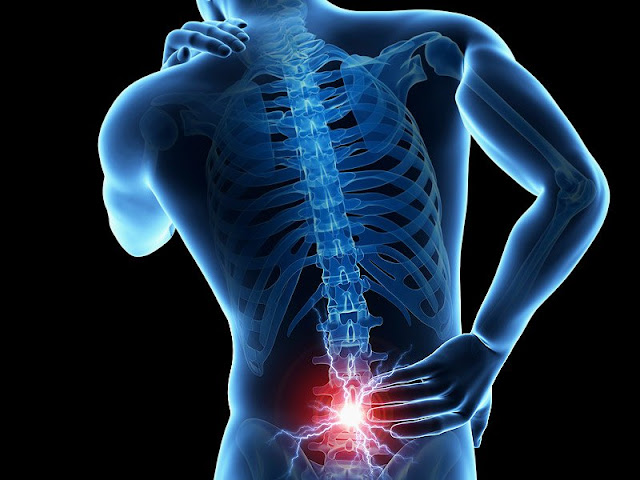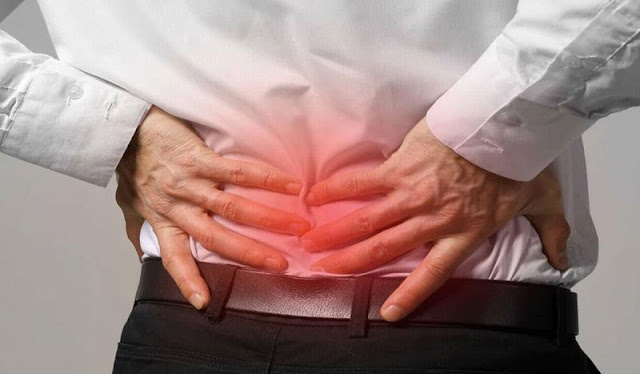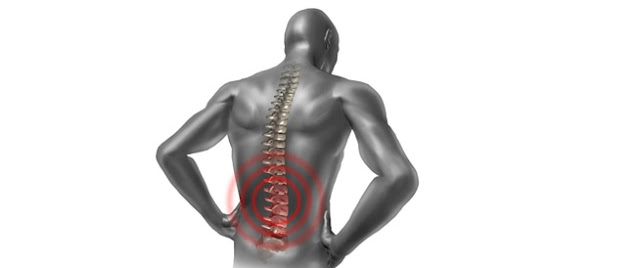Home
/
back disease
/
What is a back disease with an explanation of the causes and risk factors | healthy care
What is a back disease with an explanation of the causes and risk factors | healthy care
What is a back disease with an explanation of the causes and risk factors
Definition of Back Pain
Back pain is a very common issue, as back pain is the most common reason for seeking medical treatment and absenteeism from work.
The encouraging news is that most types of back pain can be avoided.
In the event that attempts to avoid back pain fail, a simple treatment can be done from home, in addition to ensuring that the body is properly activated, that would treat back pain within several weeks so that the back will return to its healthy state for a long period of time.
It is a very rare matter to resort to a surgical solution for back pain.
Causes and risk factors for back pain
The causes of back pain are many and that can occur in any of the different back compounds, but sometimes it is not possible to determine the causes of back pain in some patients.
| --- | Muscle tension:
In most cases, the causes of back pain are caused by muscle tension (muscular tension) and ligaments, as a result of incorrectly lifting heavyweight, or as a result of incorrect movement.
Sometimes muscle spasms can cause back pain.
| --- | Back building problems:
In certain cases, the causes of back pain are due to problems in the building of the back itself, such as a protruded or ruptured disc.
The intervertebral discs are used as a brake between the vertebrae of the spine. Sometimes, the viscous material inside the intervertebral disc sleeve can move from its position and protrude, or tear the disc, causing pressure on a specific nerve.
In spite of this, most people who suffer from a prominent or ripped disc have no pain as a result of this situation.
| --- | Sciatica:
In the case of a prominent or torn intervertebral disc pressing one of the main nerves in the back area, the pain resulting from this pressure can move toward the man and cause sciatica, which is very severe pain, which causes tingling starting at the back of the person and along the backside of the leg
| --- | Arthritis (arthritis):
The joints most susceptible to infection as a result of osteoarthritis are the pelvis, hands, knees, and lower back.
In certain cases, arthrosis of the spine can lead to a narrowing of the area surrounding the spine, and this situation is called in medicine language "spinal stenosis".
| --- | Abnormalities in the building of the skeleton:
Back pain may occur if there are improper bends in the spine.
If these bends become an exaggerated issue, then the upper back part may appear to be more convex
than usual, and the lower back portion will appear to be more tender than usual.
Scoliosis is a medical condition in which the spine is curved for the lateral direction and this phenomenon can lead to back pain.
| --- | Osteoporosis:
Stress Fractures may appear in vertebrae in case of osteoporosis and gaps in it.
"Relatively rare but dangerous phenomena"
| --- | Carcinoma of the spine
| --- | Infection in the spine.




















No comments